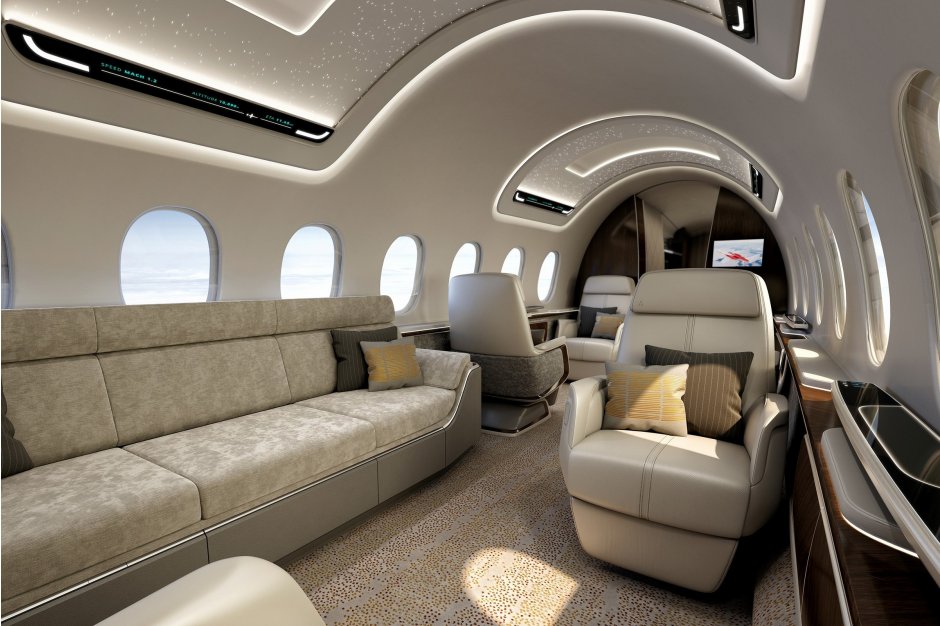
Lockheed Martin and Aerion have signed a Memorandum of Understanding (MoU) to jointly develop a supersonic business jet, known as the Aerion AS2.
Over the next 12 months, the companies will work together to develop a framework on all phases of the programme, including engineering, certification and production.
The 12-passenger AS2 is expected to fly at a maximum speed of Mach 1.4 over water – or 1,074 mph – and, where permitted by regulation, at speeds approaching Mach 1.2 without a sonic boom reaching the ground.
Lockheed Martin and Aerion said its supersonic natural laminar flow wing also means it can reduce transatlantic trips by as much as three hours, enabling business leaders to fly round-trip between New York and London in a day.
"We are excited to work with Aerion on their development of the next-generation, efficient supersonic jet that will potentially serve as a platform for pioneering future supersonic aircraft," said Orlando Carvalho, executive vice president, Lockheed Martin Aeronautics.
“Following our initial review of Aerion's aerodynamic technology, our conclusion is that the Aerion AS2 concept warrants the further investment of our time and resources.”
 During the last two and a half years, Aerion advanced the aerodynamics and structural design of the AS2 through a previous engineering collaboration agreement with Airbus.
During the last two and a half years, Aerion advanced the aerodynamics and structural design of the AS2 through a previous engineering collaboration agreement with Airbus.
Through that effort, the two companies developed a preliminary design of wing and airframe structures, systems layout, and preliminary concepts for a fly-by-wire flight control system.
"We are grateful for Airbus' contribution to the program," said Brian Barents, Aerion's executive chairman. "We could not have moved the programme to this stage without their support."
In May 2017, GE Aviation announced an agreement with Aerion to define a supersonic engine for the AS2.
The MoU between Lockheed Martin and Aerion comes just weeks after Japan Airlines invested $10m in Boom Supersonic, a US company developing a new-generation supersonic aircraft.
The Boom aircraft is projected to be capable of speeds reaching Mach 2.2 or 1,451 mph.





